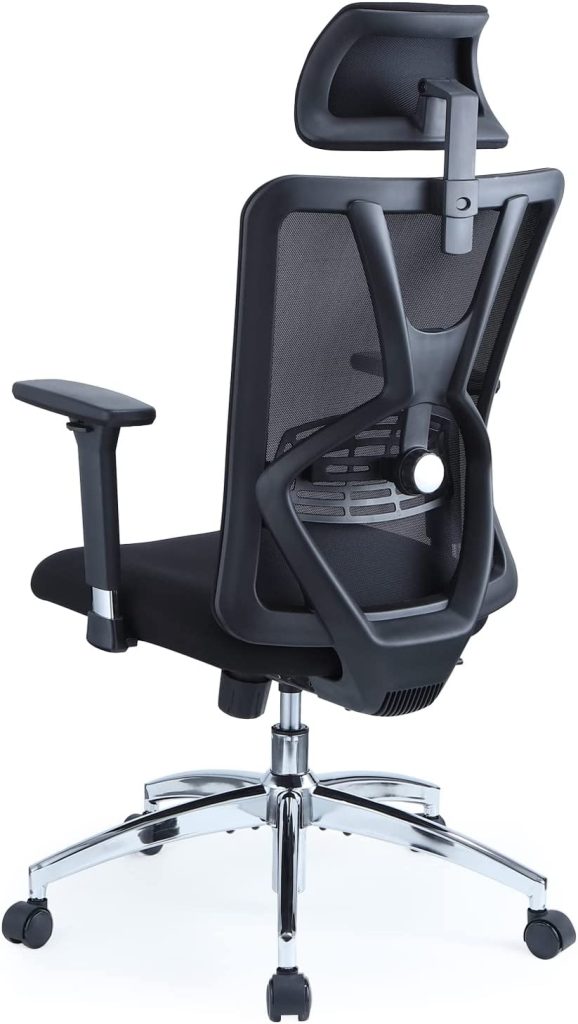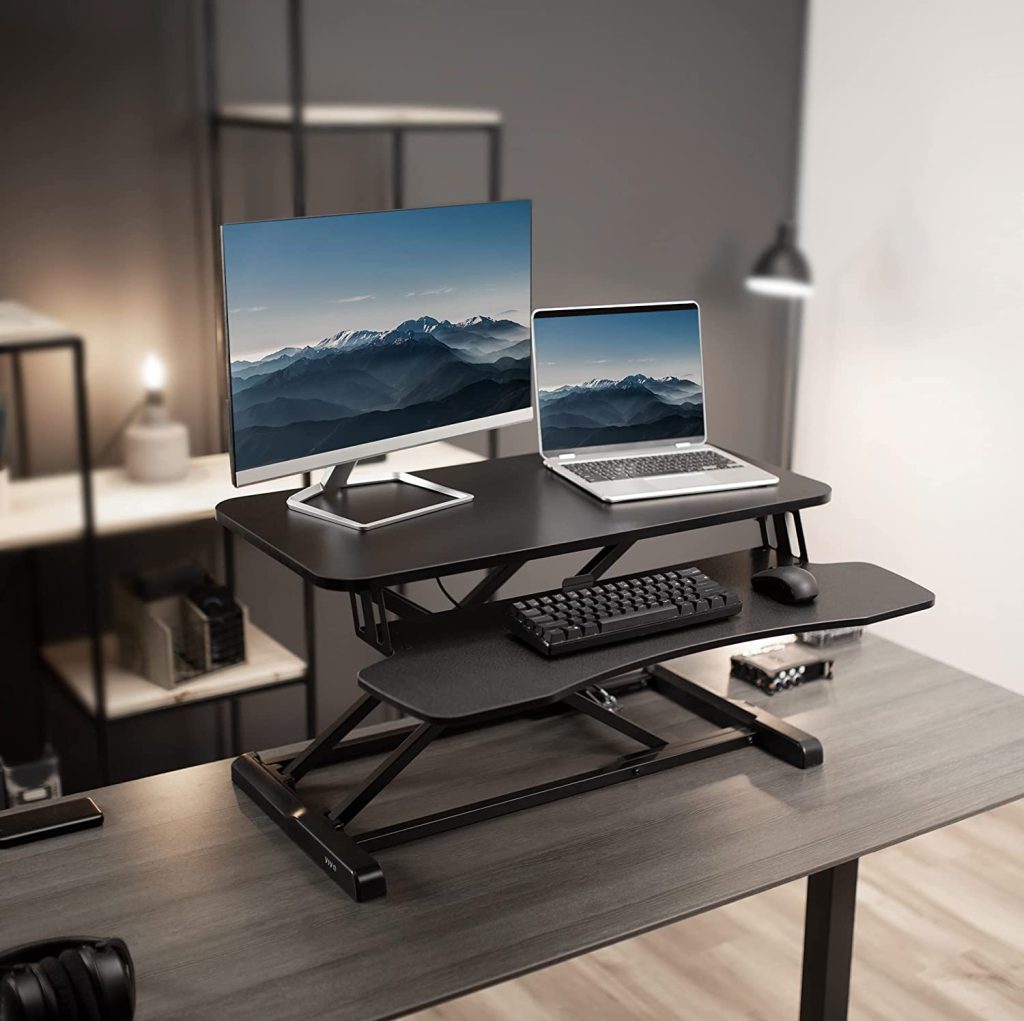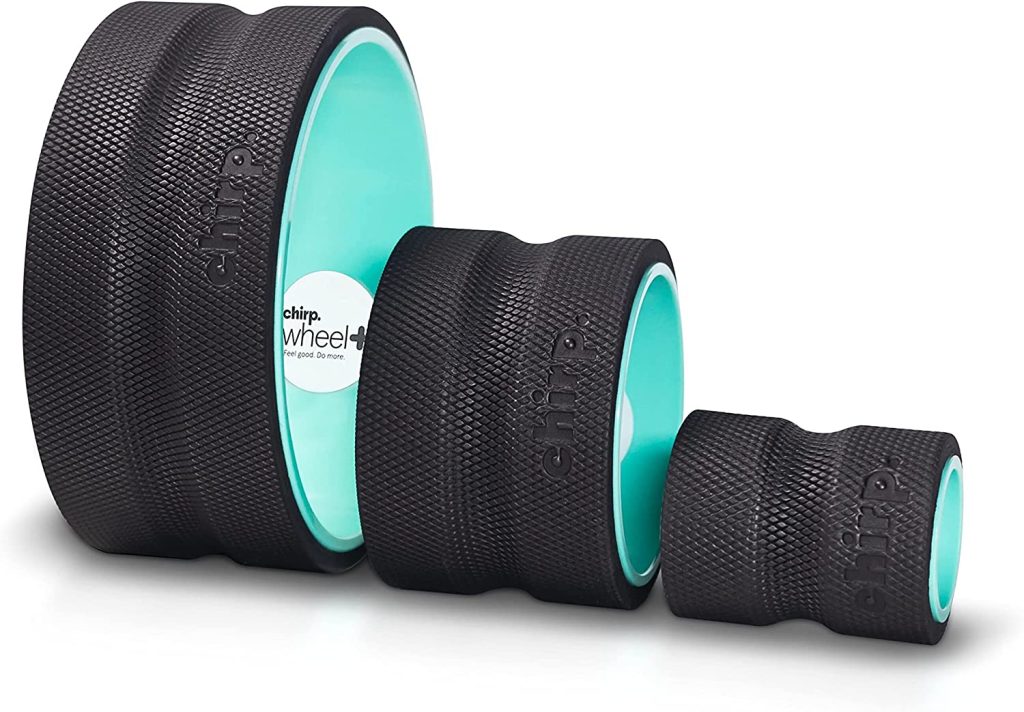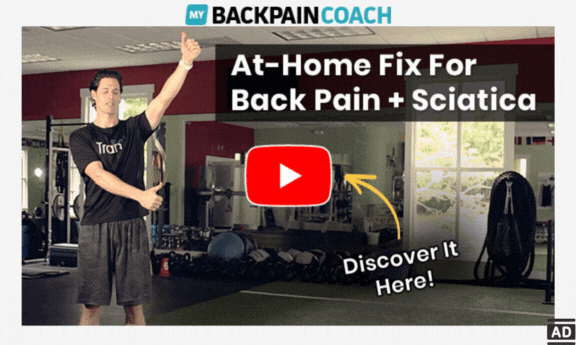There is a trend in specific jobs, postures, or positions that frequently aggravate a person’s back pain symptoms. While accidents or sports-related injuries can result in back discomfort, even the smallest motions, like picking up a pencil off the floor, can be uncomfortable. Additionally, back pain can be brought on by or made worse by rheumatoid arthritis, bad posture, obesity, and psychological stress. Back discomfort can also be a direct outcome of internal organ illness, such as kidney infections, blood clots, bone loss, or kidney stones [1].
Even though it can be exceedingly terrible, back pain isn’t typically reason for panic – most individuals will feel it at some point in their lifetime. As a observed fact, most of the time, the discomfort subsides and the individual can resume regular activities. Whether or not you seek medical attention, there are things you can do at home to ease back pain and prevent the likelihood of it recurring. Here are some coping strategies for lower back discomfort.
Set Yourself Up for Success with Ergonomics
- Set your computer monitor to eye level so you don't have to slouch to bring your gaze in line with the screen. Your forearms should be firmly supported on the workstation's armrests, and the armrests should be raised high enough that you may comfortably rest your elbows on them.
Sleep Is Beneficial for Back Pain
Many studies have found a link between sleep and pain, including one published in the journal Pain in August 2015 [3], which found that sleep disorders significantly increase the chance of impaired pain tolerance.
There is no one proper method to sleep. Some people may benefit from lying on their stomach, whilst others may benefit from lying on their back with a cushion under their knees. If you believe your sleeping posture is causing you back discomfort, trying another position or consulting a healthcare expert.
Regardless of your sleeping posture, it’s critical that you get some restorative sleep. We all know that if you’re not sleeping properly, it’s difficult to feel better, because sleep is when the body actively recharges its batteries. On the opposite end, unrested body is more susceptible to back pain and other undesired health consequences. However, sleep should not lead to prolonged bed rest since long bed rest does more harms than goods to your back pain as we discussed in the this article: Top Back Pain Causes and How to Alleviate Back Pain.
Exercise and Movement Can both Prevent and Alleviate Back Pain
Folks who walk more often throughout the day have less frequent episodes of back pain and often less significant back pain. This guideline may not apply to persons who work in physically demanding occupations that require a lot of lifting.
A research published in the Annals of Rehabilitation Medicine in October 2017 [4] examined the walking behaviors of 5,982 adults aged 50 and older, 26% of whom reported having lower back discomfort. The researchers discovered that persons who walked the most (the top quartile) were the least likely to suffer from back discomfort.
In general, most forms of physical exercise are relatively protective in terms of both the probability of developing back pain and the prognosis. If someone is physically active on a regular basis, it appears to have some preventative effect, and if back pain comes, it appears to assist someone get through it fasters.
What kind of exercise are beneficial for back pain? Fortunately, in the recent year, there are many notable professional fitness programs specifically designed for back pain relief:
1) My Back Pain Coach program contains 8 movements that can be performed in sessions of 30 mins which help totally “wake up” certain muscles, restore your body’s natural functional movement and allow it to heal naturally. Without the need for medication, surgery, injections or months of physiotherapy, Ian Hart, founder of My Back Pain Coach program and a Certified Strength and Conditioning Specialist, has helped hundreds of patients with his proven approach to jump-start pathways so vital oxygen and nutrition can rejuvenate muscles and help healing back pain.
2) The Back Pain Breakthrough program developed by Dr. Steve Young has helped thousands of back pain patients with his Target Spinal Release procedure. Dr. Steve Young DPT, MPT, CSCS has 31 years experience and is one of the world’s leading Back pain specialists and injury prevention experts. He’s helped more than 31,591 people to completely eliminate their joint pain. Dr. Steve developed a formula called Targeted Spinal Release. And it is the quickest, simplest method for IMMEDIATELY ending lower back discomfort. The Targeted Spinal Release procedure takes about five minutes created using science to relax and straighten tense iliacus muscles which connect your spine to your legs. Consequently, the vertebrae are moved away from your spinal nerve, giving you IMMEDIATE pain relief.
3) The Unlock Your Hip Flexor program emphasize on the fact that most people don’t realize the cause of their back pain problems is tight hip flexors. Mike Westerdal, founder of the Unlock Your Hip Flexor and a national best-selling fitness author, sports nutrition specialist, personal trainer featured Iron Man magazine said that the impact the hips had on the whole body never occurred to him until he saw the effect of tight hip flexors had on the health and well-being of his wife after she gave birth. It was only then that he truly understood the magnitude of the problem. We’re not just talking about a bit of soreness; tight hip flexors are the root cause of problems including nagging joint pains in your legs, lower back or hips.
Regardless of the which back-pain specific fitness programs you choose, start low and progress gently is applicable to the beginning of any new fitness routine. Your body will need to acclimate to the new movements. You’re likely to suffer discomfort and pains that you didn’t have previously the first few times you undertake a workout. However, most of the time, the symptoms are fleeting and will pass after your body adjusts to the new activities.
Ice, Heat, or Both for Temporary Pain Relief?
Stretching Using Foam Rollers Can Help with Back Pain
If the major cause of back discomfort was limited mobility and stiffness, stretching exercise certainly can help address such issues. However, stretching is recommended to be perform with a therapist or on your own at home by following a professional fitness program designed specifically for back pain that we discussed earlier.
Foam rollers may be beneficial in releasing a tight muscle and develop back agility. We highly recommend popular brand such as Chirp Wheel Foam Roller for its quality and well-documented training videos.
Maintaining a Healthy Weight Can Aid in the Relief of Back Pain
When you’re at a healthy weight, your muscles don’t have to work as hard to keep you upright against gravity. The muscles will not exhaust as rapidly, which will worsen back pain. A meta-analysis of 33 papers published in the American Journal of Epidemiology [7] looked at the link between overweight and obesity and low back pain and discovered that both factors enhanced the risk.
If losing weight is your goal, we highly suggest reading our Keto Diet series to explore a proven, sustainable approach to FAST weight loss:
1) Four Common Mistakes that Sabotage Health and Fat Loss
2) Keto Diet 101: The Science Behind Ketogenic Diet
3) Six Reasons Why the Keto Diet is the Holy Grail for Fat Loss
Supporting Sources
[1] American Chiropractic Association (2023). Back Pain Facts and Statistics. https://handsdownbetter.org/health-and-wellness/back-pain-facts-and-statistics/
[2] Hartvigsen J et al. Low Back Pain Series: What Low Back Pain Is and Why We Need to Pay Attention. Lancet, June 2018; Volume 391, Issue 10137; p2356-2367.
[3] Sivertsen, B., Lallukka, T., Petrie, K. J., Steingrímsdóttir, Ó. A., Stubhaug, A., & Nielsen, C. S. (2015). Sleep and pain sensitivity in adults. Pain, 156(8), 1433–1439. https://doi.org/10.1097/ j.pain.0000000000000131
[4] Annals of Rehabilitation Medicine 2017;41(5):786-792. Association Between Walking and Low Back Pain in the Korean Population: A Cross-Sectional Study. https://doi.org/10.5535/arm.2017.41.5.786
[5] Journal of Rehabilitation Medicine. Effect of Cold and Heat Therapies on Pain Relief in Patients with Delayed Onset Muscle Soreness: A Network Meta-Analysis. https://medicaljournalssweden.se/ jrm/article/view/331/2958
[6] National Library of Medicine. Effect of heating and cooling combination therapy on patients with chronic low back pain: study protocol for a randomized controlled trial. https://www.ncbi.nlm.nih.gov/ pmc/articles/PMC4494172
[7] Rahman Shiri, Jaro Karppinen, Päivi Leino-Arjas, Svetlana Solovieva, Eira Viikari-Juntura, The Association Between Obesity and Low Back Pain: A Meta-Analysis, American Journal of Epidemiology, Volume 171, Issue 2, 15 January 2010, Pages 135–154, https://doi.org/10.1093/aje/kwp356
This article does not provide medical advice. It is intended for informational purposes only. It is not a substitute for professional medical advice, diagnosis or treatment. Never ignore professional medical advice in seeking treatment because of something you have read on the healthysolutions.fit Site. If you think you may have a medical emergency, immediately call your doctor or dial 911.
Related Articles




